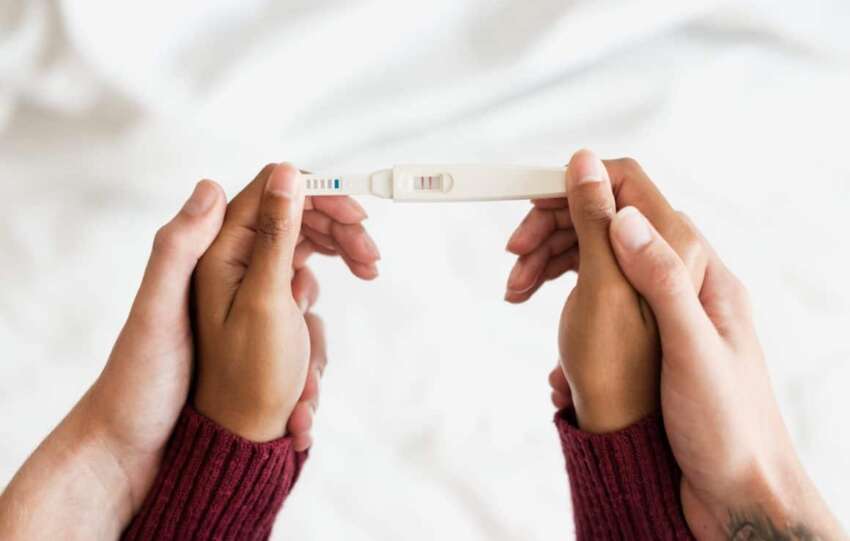Throughout history, expectant parents have turned to various methods to predict the gender of their unborn child. These methods, known as old wives’ tales, are steeped in tradition, superstition, and folklore. While not backed by scientific evidence, they have played a significant role in cultural practices and anticipating a new member. In this article, we delve into some of the most intriguing old wives’ tales for predicting gender, exploring their origins, interpretations, and the cultural context in which they thrive.
Prediction Based on Pregnancy Symptoms
Morning Sickness: The intensity of morning sickness has long been believed to offer clues about the baby’s gender. According to this myth, severe morning sickness might indicate the arrival of a girl, while mild or absent symptoms could suggest a boy. Despite its popularity, this theory lacks scientific grounding and might be attributed more to hormonal fluctuations than gender prediction.
Skin Changes: The notion of the “pregnancy glow” has captured the imagination of many. Some believe a radiant complexion suggests a girl, while acne and dullness might point to a boy. The reality, however, is that hormonal changes during pregnancy can affect the skin in various ways, irrespective of the baby’s gender.
Food Cravings: Cravings during pregnancy have been linked to gender prediction as well. A preference for sweets might indicate a girl, while a craving for salty or savory foods could hint at a boy. While these cravings are influenced by hormonal shifts, connecting them to gender remains largely speculative.
Carrying High or Low: The way a pregnant woman carries her belly is another famous predictor. It’s believed that carrying high signifies a girl, while carrying low indicates a boy. However, the baby’s position can be influenced by various factors and isn’t necessarily a reliable gender indicator.
Heart Rate: One myth involves using the fetal heart rate to predict gender. A higher heart rate is thought to correlate with a girl and a lower heart rate with a boy. However, this method is more likely influenced by the stage of pregnancy and individual variations than the baby’s gender.
Predictions Based on Superstitions and Folklore
The Wedding Ring Test: This involves suspending a wedding ring on a string and holding it over the pregnant belly. The movement of the ring is then interpreted to reveal the baby’s gender. Variations of this test exist across cultures, making it a fascinating example of how traditions and beliefs are passed down through generations.
Lunar Calendar Method: Some cultures use lunar calendars to predict the baby’s gender. This method aligns the mother’s age at conception with lunar months, supposedly revealing the baby’s gender. While it’s intriguing to observe cultural variations, the scientific validity of this method is lacking.
Predictions Based on Mom’s Appearance
Hair Texture and Shine: Changes in hair texture and shine have been associated with gender prediction. Silky, lustrous hair is said to indicate a girl, while dull hair suggests a boy. Hormonal changes during pregnancy can affect hair quality, yet the gender connection remains speculative.
Complexion and “Pregnancy Glow”: The famed pregnancy glow is thought to be more pronounced with girls. This radiant appearance is due to increased blood flow and hormone levels, rather than being a reliable gender marker.
Predictions Based on Intuition and Dreams
Mother’s Intuition: Many expectant mothers claim to have strong intuitions about their baby’s gender. While personal feelings are valid, they are not necessarily accurate predictors.
Dream Analysis: Dreams about the baby’s gender have been interpreted as signs. However, dreams are highly subjective and influenced by individual experiences and subconscious thoughts.
Modern Perspective and Scientific Explanation
While these old wives’ tales continue to intrigue, modern technology has given us more accurate ways to predict a baby’s gender. Ultrasound, for instance, offers a non-invasive and reliable method. Additionally, the scientific understanding of gender determination based on chromosomal factors has dispelled many myths.
Final Thoughts:
Old wives’ tales for predicting baby gender are a testament to the deep-rooted cultural significance of pregnancy and childbirth. Though lacking in scientific validity, they serve as a fascinating exploration of human curiosity, tradition, and the anticipation that surrounds the miracle of life. While the accuracy of these tales may be questionable, their enduring charm remains an integral part of the journey to parenthood.





